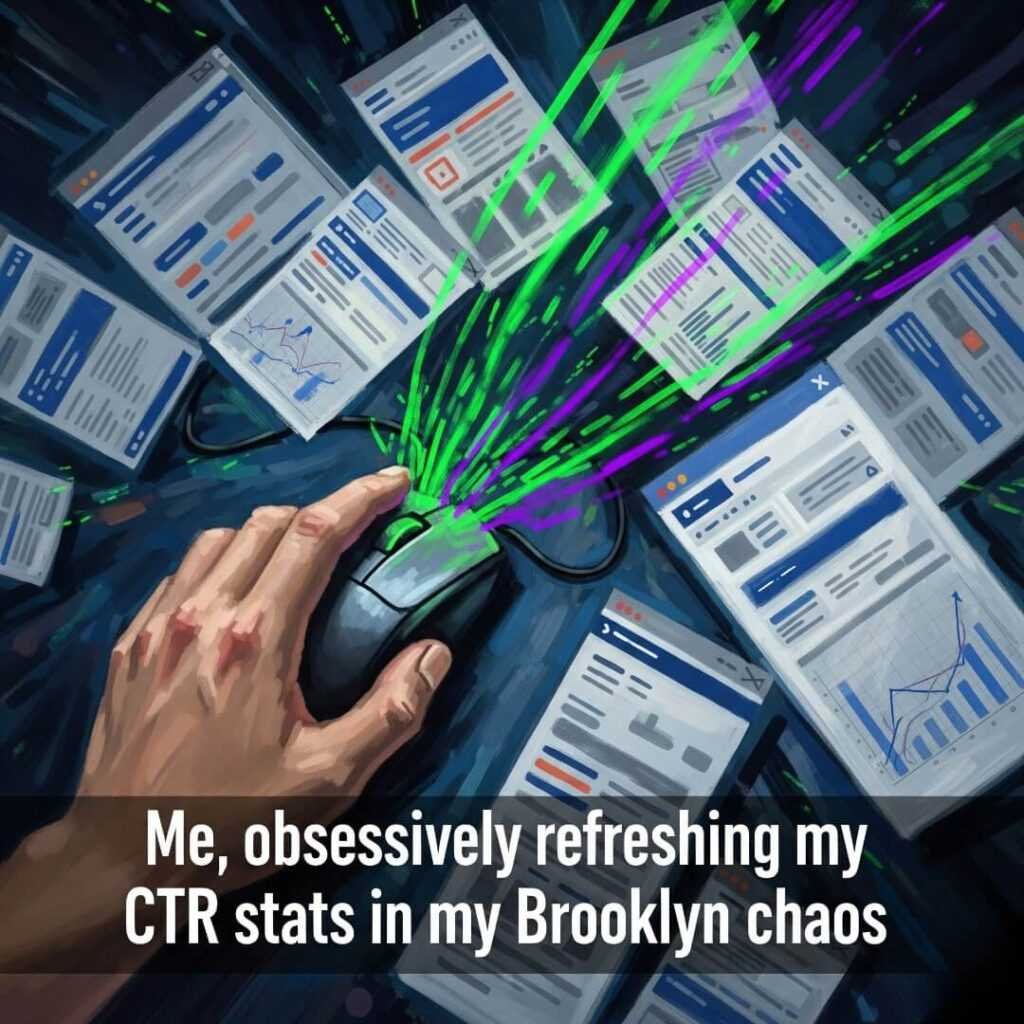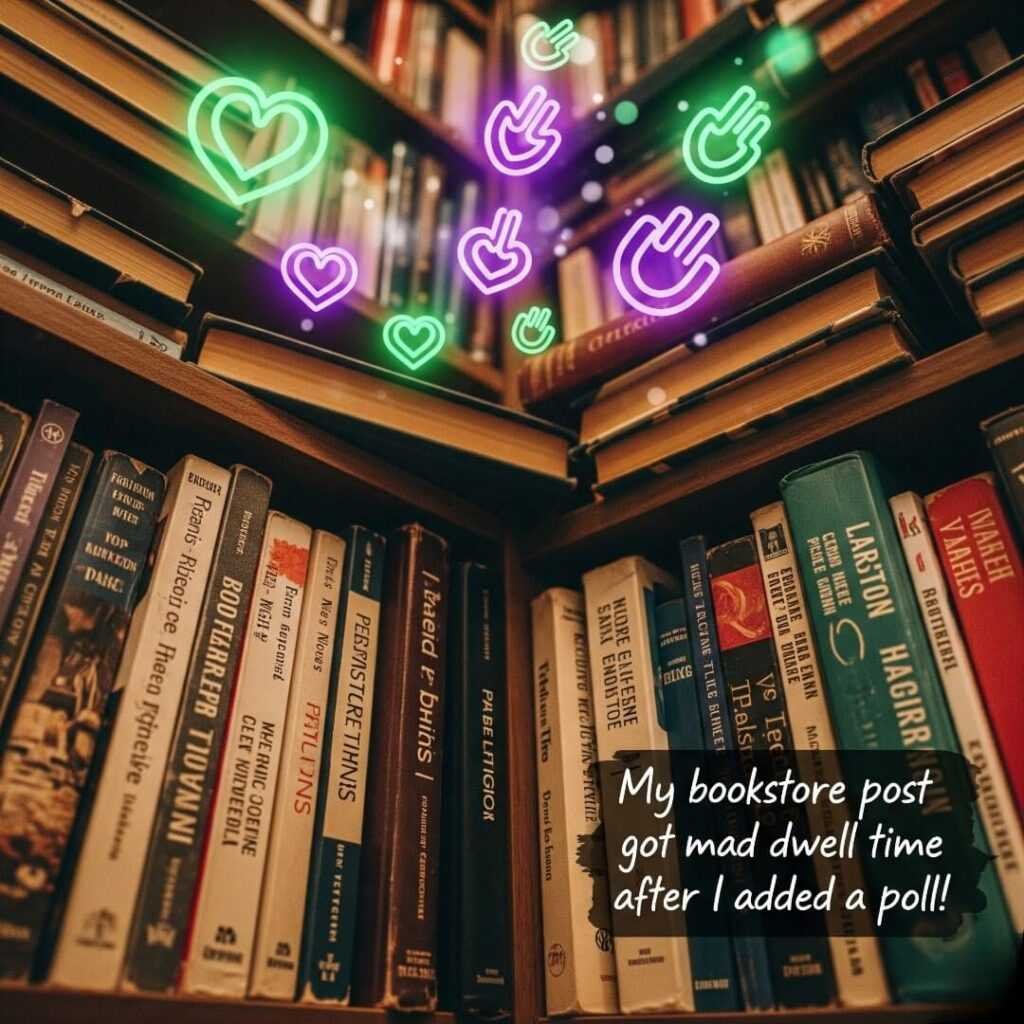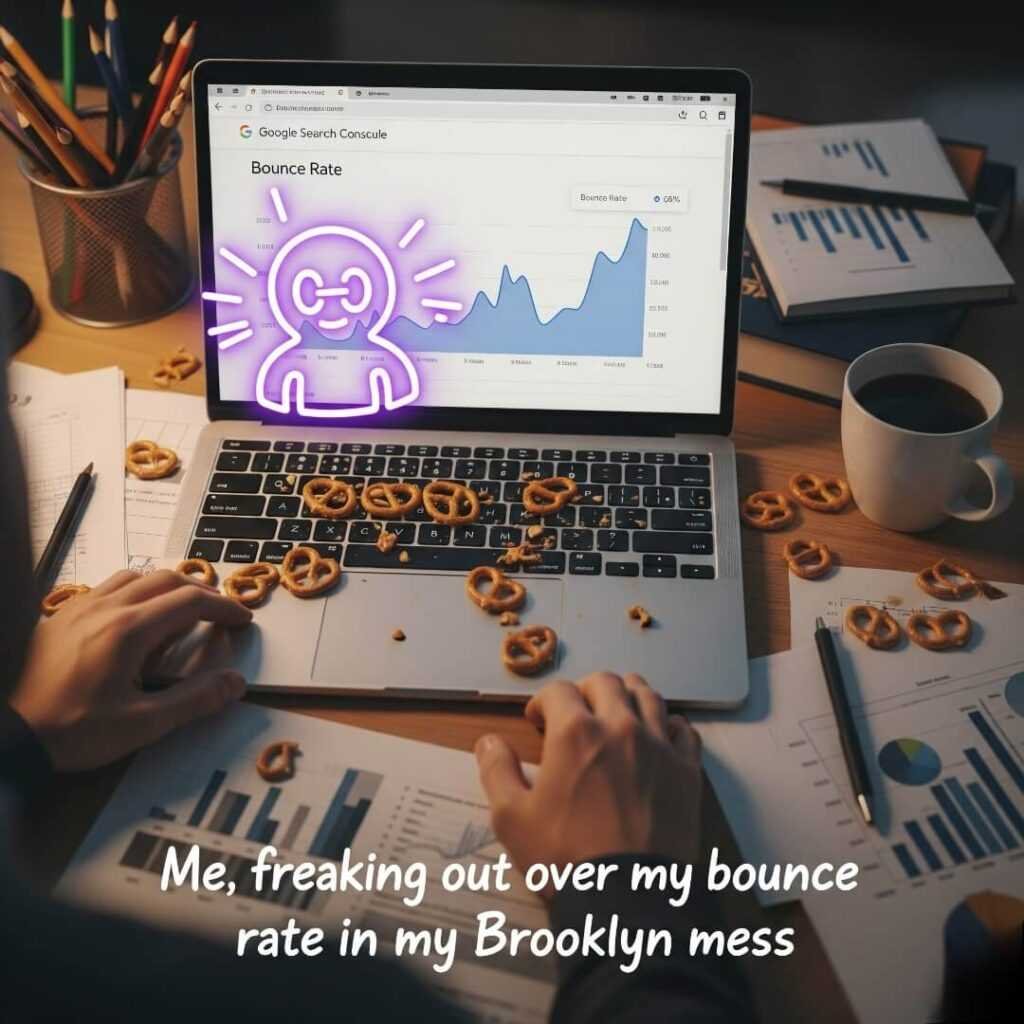User signals SEO is legit consuming me, as I sit here in my tiny Brooklyn apartment, surrounded by empty LaCroix cans and a laptop that’s wheezing like it’s got asthma. I swear, the radiator’s clanking louder than my thoughts, but I’m knee-deep in this SEO mess. Back when I started blogging—like, five years ago?—I thought cramming “best tacos NYC” into every paragraph would make me Google’s darling. Ha! My first site tanked so hard, with a bounce rate that basically screamed, “Nobody likes you!” But now, I’m all about how users actually vibe with my site, and it’s changing everything. Also, I may have spilled coffee on my keyboard while writing this. Send help.
Why User Signals SEO Is Running the Show in 2025
So, What’s the Deal with User Signals?
User signals SEO is all about how real humans interact with your site, not just what Google’s crawlers think. We’re talking click-through rates (CTR), dwell time (how long people stick around), bounce rates, and whether folks are, like, rage-clicking your links in annoyance. I learned this the hard way last month with a post about Brooklyn’s best dive bars. I poured my heart into it—spent hours on meta tags—but users clicked, scrolled for, like, three seconds, and bailed. My dwell time was garbage, probably 12 seconds. Google noticed, and my post sank faster than my hopes of keeping my cactus alive. Whoops.
Here’s the breakdown:
- Click-Through Rate (CTR): How many peeps click your link on the SERP. Low CTR? Google’s like, “This ain’t cutting it.”
- Dwell Time: How long someone hangs out on your page. Longer means they’re digging it.
- Bounce Rate: If users ditch immediately, it’s a sign your page is meh.

My Epic SEO Fail (and What I Learned)
Okay, real talk: I had a total faceplant moment last week at this noisy café in Greenpoint. The Wi-Fi was crappier than my first blog, and I’m hunched over my phone, refreshing Google Analytics like a weirdo. I’d just dropped a post about NYC’s hidden speakeasies, thinking it’d go viral. Nope. My CTR was 1.5%, and bounce rate was, like, 75%. I was crushed—may have eaten half a donut in despair. Turns out, my page loaded slower than a hungover DMV clerk. I compressed images, cut some janky code, and rewrote the intro to hook readers. Dwell time jumped to 2.5 minutes, and my ranking climbed. User signals SEO is about giving people what they want, not just gaming the system. Also, I still haven’t cleaned the donut crumbs off my shirt.
Here’s what I figured out:
- Speed is everything: Slow site? Users bounce. Check Google’s PageSpeed Insights to fix it.
- Grab ‘em quick: A dope headline and first sentence keep people reading. I started asking stuff like, “Why’s your site stuck on page 3?”
- Mobile or bust: Most of my traffic’s from phones. If your site sucks on mobile, you’re screwed.
How I’m (Kinda) Nailing User Signals SEO
Content That Actually Keeps People Around
I’m no SEO wizard—half the time I’m just guessing—but I’ve got some hacks for user signals SEO. Last month, I revamped a post about quirky NYC bookstores. Added a clickable table of contents, some fire photos of dusty shelves, and a silly poll about “What’s Your Bookstore Personality?” My dwell time spiked because people were actually vibing with it. You don’t need a poll every time, but give users something fun—videos, quizzes, or even a comment section where you chat back. I’m still shocked when people comment, and I’m, like, “You read my stuff?!”

CTR Is My Personal Nemesis
Click-through rate is the bane of my existence. I’d tweak title tags for days and still get, like, 2% CTR. Then I stumbled on this Moz post about clickable titles and started messing around. Changed “Top NYC Bookstores” to “These NYC Bookstores Are Straight-Up Magical (and Cheap).” CTR shot to 4.2%. It’s not just keywords—it’s making people need to click. Pro tip: toss in words like “wild” or “hidden.” Works every time. Well, almost.
Dwell Time: Making Users Stick Like Glue
Dwell time is where I’m finally winning. I started embedding short YouTube clips in posts—like a 20-second video of a bookstore cat napping on a shelf. Sounds dumb, but it kept people around longer. Also, I break up text with subheadings and lists (like this one!). Oh, and internal links to related posts? Chef’s kiss. They keep users clicking around, which Google eats up. I forgot to add links once, and my analytics looked like a sad emoji.
Screwing Up User Signals SEO (Still Happens)
I’m not some SEO god. I still mess up user signals SEO constantly. Last week, I got cocky and published a post without checking mobile responsiveness. Buttons were tiny, text was squished—half my users were on phones, and my bounce rate hit 82%. I fixed it, but not before stress-eating a whole bag of pretzels. Moral of the story: test everything. Use Google Search Console to catch dumb mistakes. And maybe don’t write posts at 2 a.m. after three LaCroixs.

Wrapping Up My SEO Rant
Alright, user signals SEO is the real deal in 2025. I’ve learned—mostly by screwing up—that it’s not just about keywords or backlinks. It’s about how users interact with your site. Are they clicking? Staying? Having fun? That’s what Google cares about. I’m still a hot mess with this stuff, but I’m getting better. Wanna boost your own user signals SEO? Dig into your analytics, test your site on mobile, and maybe don’t let your cactus die. Drop your own SEO disasters in the comments—I need to know I’m not alone.




